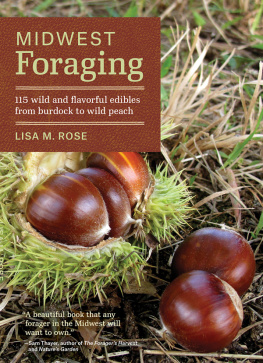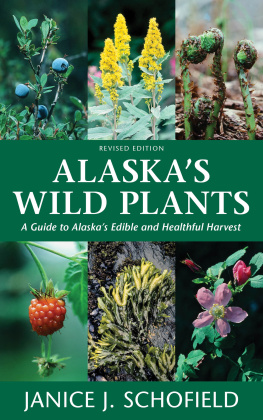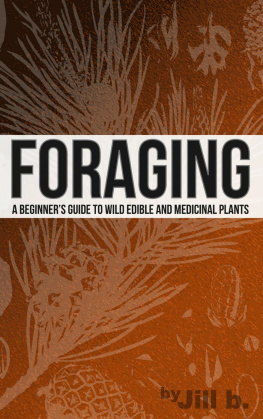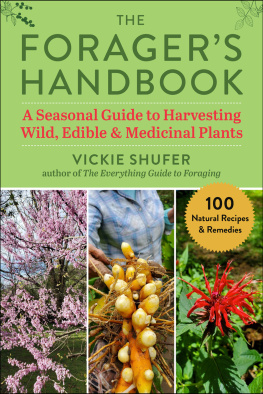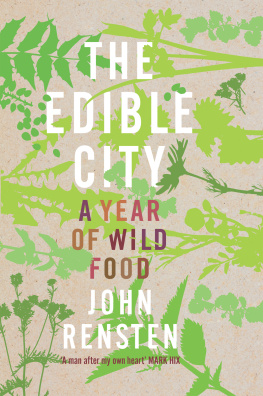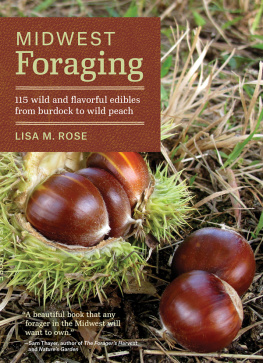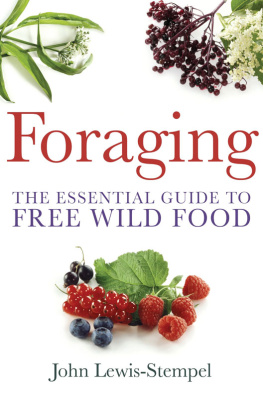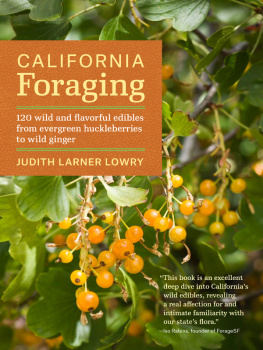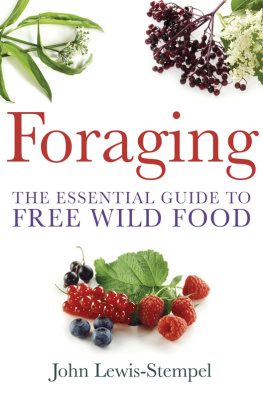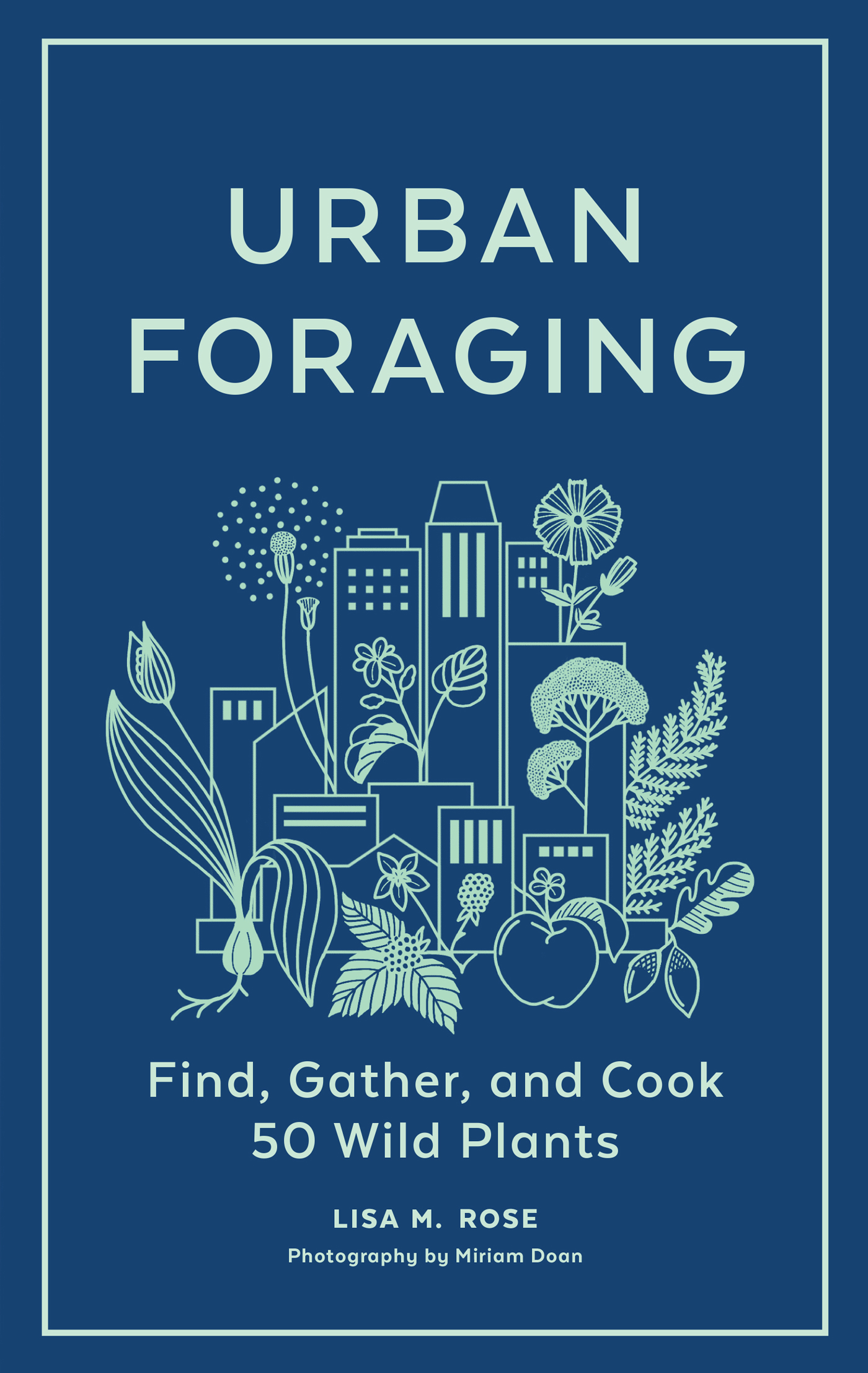Contents
Guide
Page List
The information in this book is true and complete to the best of our knowledge. All recommendations are made without guarantee on the part of the author or Timber Press. The author and publisher disclaim any liability in connection with the use of this information. In particular, ingesting wild plants and fungi is inherently risky. Plants can be easily mistaken and individuals vary in their physiological reactions to plants that are touched or consumed. Please do not attempt self-treatment of a medical problem without consulting a qualified health practitioner.
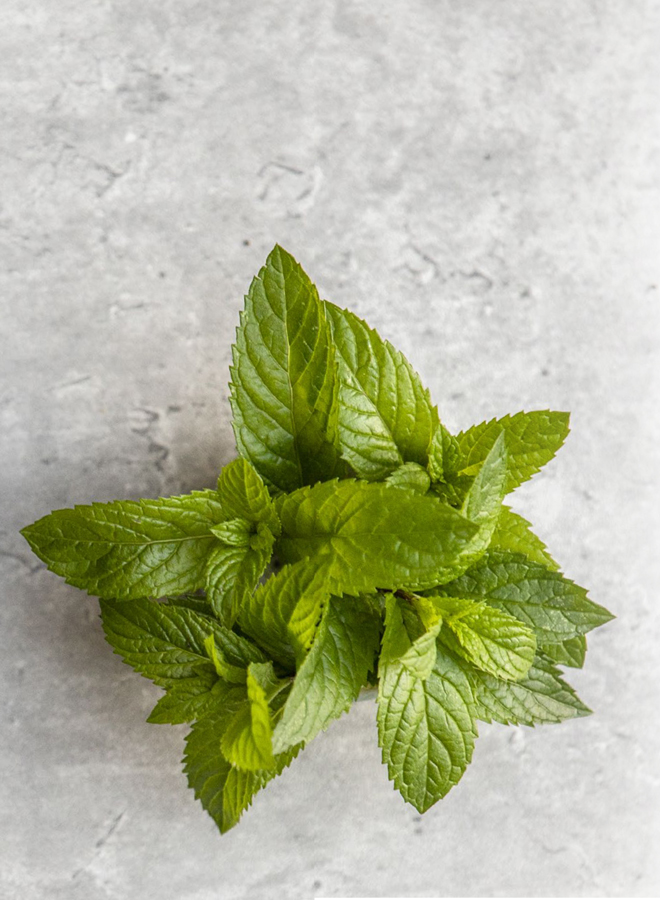
URBAN FORAGING
Find, Gather, and Cook 50 Wild Plants
LISA M. ROSE
Photography by Miriam Doan
TIMBER PRESS
Portland, Oregon
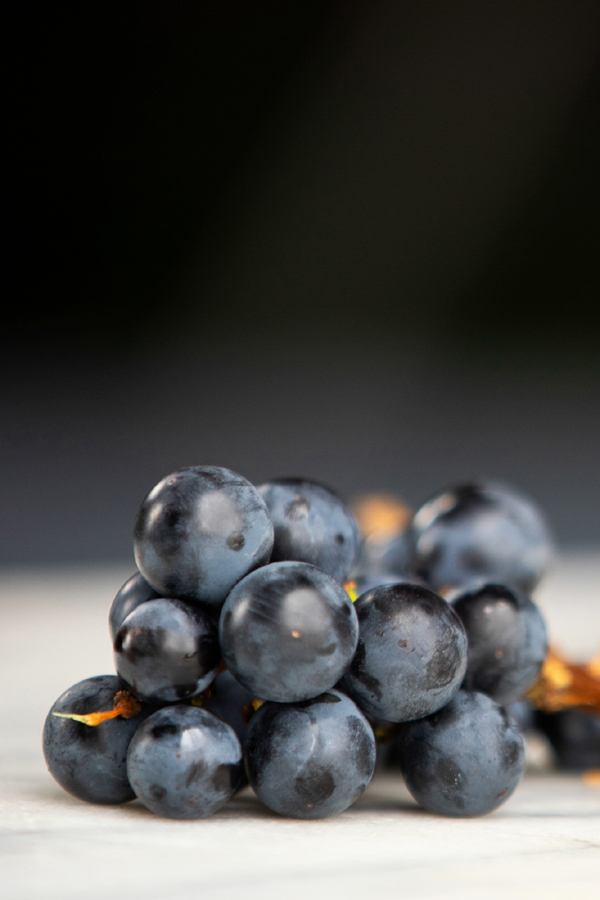
To todays residents and her Indigenous peoples of
Flint, Michigan. It is my hope we heal the water, the
soil, and our relationships with each other, and it is
with that intent I offer up this guide as a part of the
healing of our city ecosystems.
Contents

Urban Foraging Basics
This book is designed to inspire and give guidance on how to safely identify, gather, and prepare wild foods that commonly grow in most major US cities. Since collecting food from metropolitan settings poses challenges (its a dirty world out there), I also explain what considerations and cautions everyone needs to be aware of before eating plants while out and about in a city. These considerations include but are not limited to assessing contaminants in various urban areas as well as knowing potential contaminants common to certain plants.
When it comes to foraging, safety is always top of mind. First, know your plants. Second, know your land. It is up to you, the forager, to become familiar with both the plants and the soils of your region to prevent unwanted illnesseven poisoningfrom inadvertently harvesting and consuming wild foods in urban environments.
In this field guide, I highlight my favorite urban plants common to most cities. Each plant vignette will explain how to ID the plants, examine harvesting considerations and cautions, and explore my favorite ways of using these plants in the kitchen.
Each plant showcased in this guide is relatively safe to use. If there is any reason to be cautious or if there are harvesting or usage concerns for a specific plant, youll find those points mentioned under Things to Consider at the end of the plants profile. Of course, always take care when introducing any new food into your diet.
Because Im an urban gardener, I also mention if a plant is suited to an edible landscape or permaculture landscape plan. This will help you rethink your urban landscape and envision the potential for greener, healthier, and sustainable urban ecosystems.
In no way is this a comprehensive resource; rather, it is a jumping-off place from which I hope you experience the joy of foraging even as you explore further issues of urban pollution, soil remediation, water conservation, food security, social justice, climate change, permaculture, and regenerative agriculture practices.
Foraging in the City: Cautions and Considerations
My family is from Flint, Michigan, by way of Calumet, Michiganand before then from Cornwall, England. With my background in anthropology and a professional focus on community health, I know intimately the impact of colonization and industry on health, land, and relationships. The good news is that urban foraging, along with urban gardening and agriculture, can heal our soil, our waterways, and our own public health. However, given the current state of our soils, waterways, and air quality due to the historical use of land in our cities, we need to proceed with greening and eating our way around town with prudence and care.
I take urban soil and water contamination issues very seriously. Many urban areas have excessive lead levels and/or other pollutants in the soil. These pollutants can be absorbed into plants. Contaminants can also come by way of water. Using lead-contaminated water for irrigation, for example, can affect concentrations of the mineral in plants.
For those reasons, the first steps to safely forage in urban areas are knowing where to harvest and understanding which plants and plant parts may be more likely to contain contaminants such as heavy metals or environmental pollutants. Then you must know the history of the land on which you want to forage and what possible contaminants may be present. Ask the landowner and neighbors and/or study public records. Is there a history of a foundry? Railroads? Easements? If so, youll need to investigate further.
Recognize the Red Flags of Urban Soil and Water Contamination
When urban gardeners establish a new garden, they get soil tests done so that they know and deal with any contamination issues before planting their first vegetable. Urban foragers are unlikely to test the areas where they collect plants. For that reason, be mindful of these considerations and cautions when choosing your foraging spots. If you recognize any of the following red flags, be prepared to move on and forage elsewhere.
Lawns, golf courses, and corporate landscapes may contain excess residual herbicide and pesticides.
Areas that were once heavily industrialized, such as tracts of abandoned land designated as brownfields by the US Environmental Protection Agency, may contain heavy metals like lead or other hazardous substances, pollutants, or contaminants.
Old refuse and landfill sites, railroad tracks, and former gas station sites have potential heavy metal contamination. Areas along railroad tracks, in particular, are known to be high in arsenic, which can be absorbed into plants.
Car and vehicle traffic release particulates from brake dust and exhaust along roadsides.
Factory farms can be sources of excess nitrates, fertilizers, and manure runoff. The presence of manure adds a possible source of watershed contamination like E. coli and salmonella. Be particularly aware of this when you are considering plants that grow in wetlands or along a riverbed downstream from a farm.
Pharmaceutical companies, manufacturing, furniture industry, and paint companies are all potential environmental polluters, especially of heavy metals.
Water treatment facilities sometimes experience raw sewage overflows, contributing to E. coli and salmonella loads in waterways.
Power facilities may dump residual by-products (including wastewater from the power-making process) into nearby waterways.
Public easements are often sprayed with herbicides to maintain clear access to power lines and other municipal services. Usually there is no public notice when the easements are treated; however, its easy to spot recent herbicidal treatment as it produces a brown area that looks like it has been burned.
Roadways are often treated in winter months with a salt or bromide solution, and increasingly popular is the use of fracking solution to desalinate the roads. All these cause plant material to appear burned and dead during the growing season.


